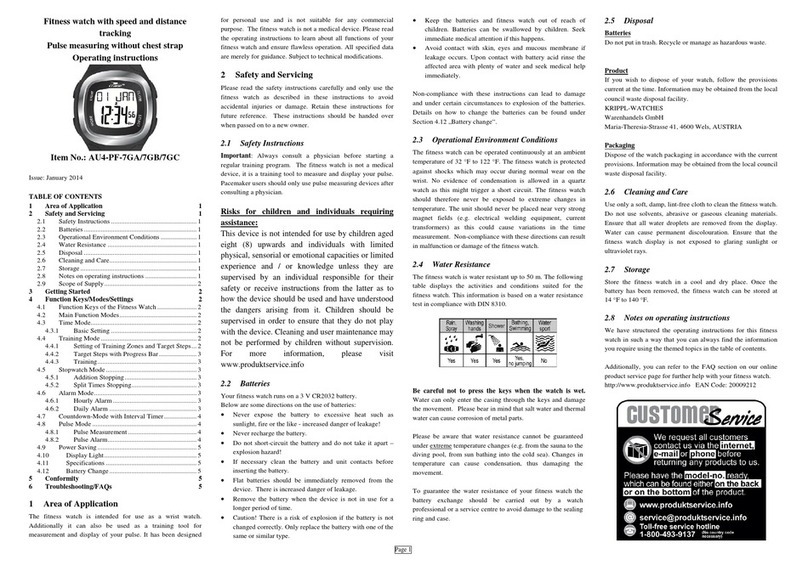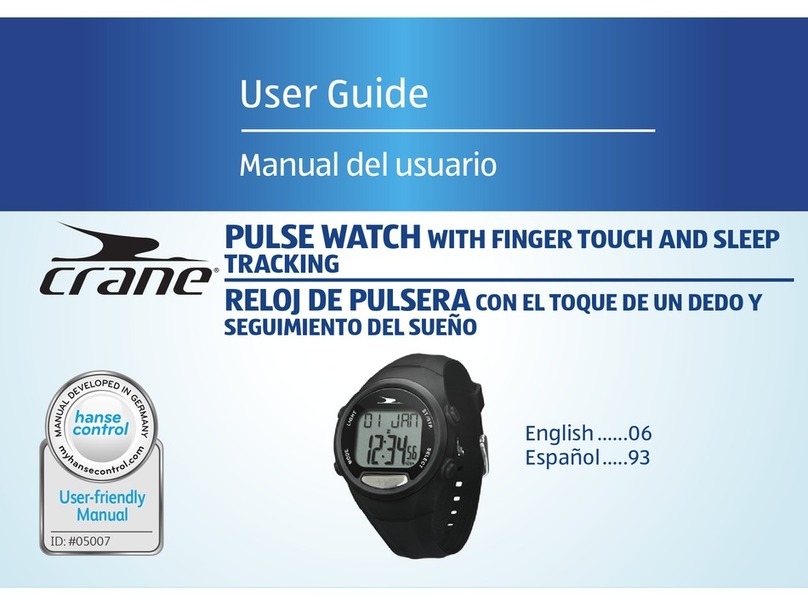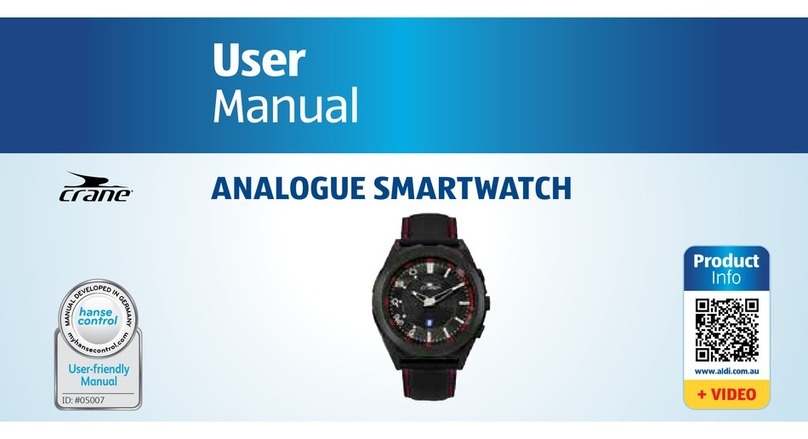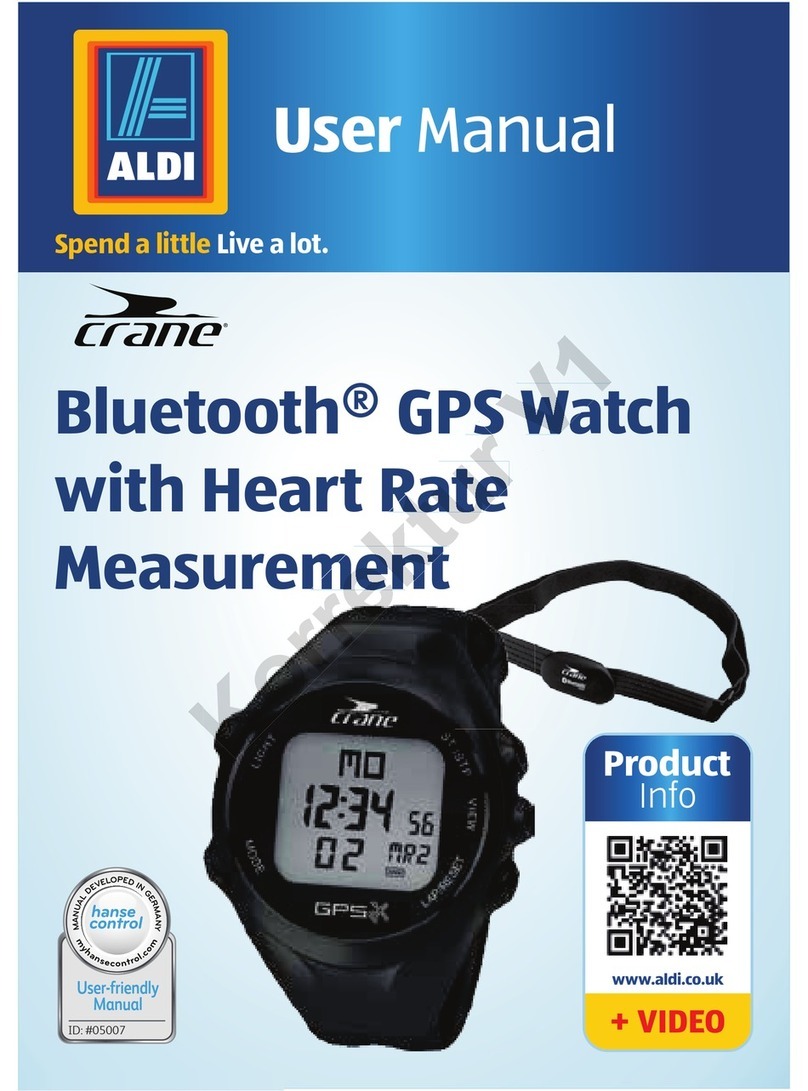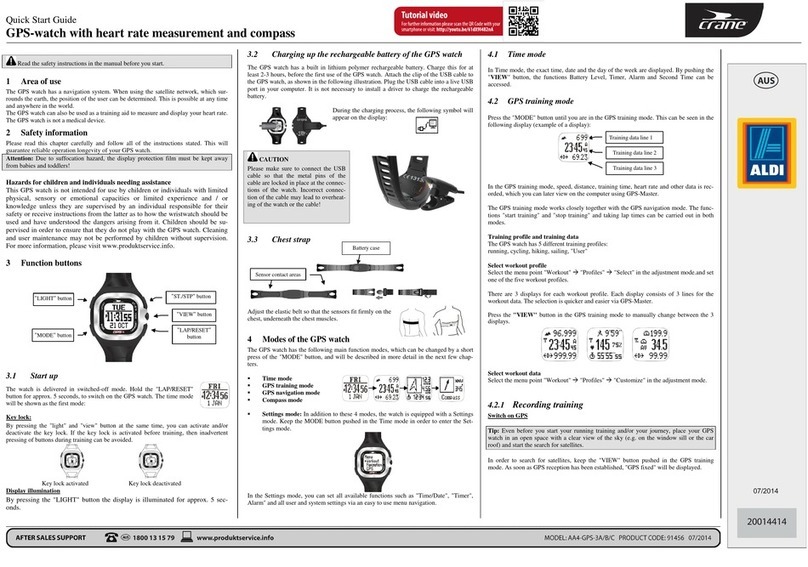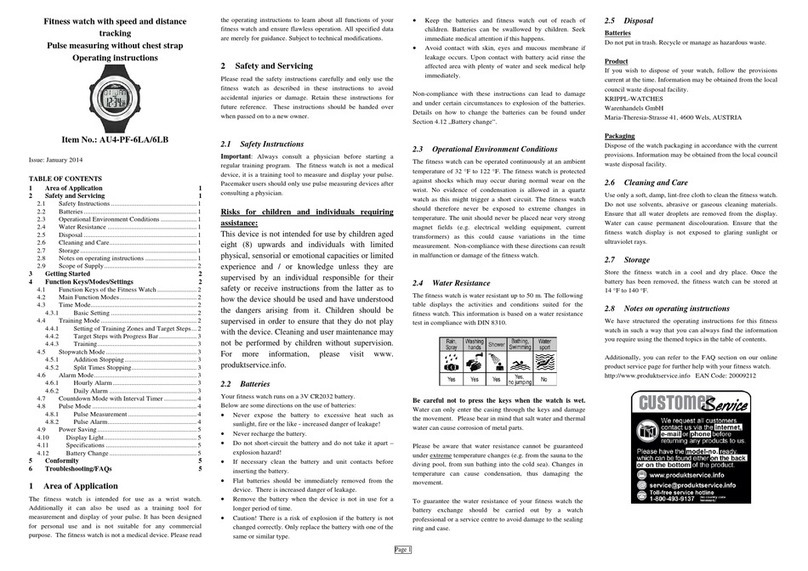Dok./Rev.-Nr. 92989_20150324
Overview ............................................................................4
Use.......................................................................................5
Product contents/device parts .........................................6
General information ..........................................................7
Reading and storing the instruction manual ..................7
Explanation of symbols........................................................7
Checking the GPS watch and product contents ............. 9
Safety..................................................................................9
Proper use.............................................................................. 9
Safety notes..........................................................................10
Water-resistance..................................................................16
Start-up ............................................................................ 18
Charging the battery pack of the GPS watch .................18
Chest strap........................................................................... 20
Bike holder........................................................................... 22
Downloading and installing the Crane Connect app ..... 23
General information about GPS....................................... 24
Operation ......................................................................... 27
Turning the GPS watch on and off....................................27
Locking keys.........................................................................27
Illumination of the display panel..................................... 28
GPS watch modes ............................................................... 29
System setting mode .........................................................30
Time mode........................................................................... 37
Workout mode with GPS.................................................... 37
Interval mode with GPS..................................................... 42
History mode.......................................................................45
Alarm mode .........................................................................48
Data transfer........................................................................49
Cleaning and maintenance .............................................50
Changing the transmitter unit’s battery.........................51
Storage .............................................................................53
Troubleshooting ..............................................................54
Technical data ..................................................................58
Declaration of conformity .................................................59
Disposal ............................................................................59
Disposing of the packaging..............................................59
Disposing of old devices....................................................60
Warranty........................................................................... 61
Warranty Card ......................................................................61
Warranty conditions........................................................... 62
Contents







